
Nature
20:47, 10-Jan-2019
Rise in ‘four precious species in the Qinling Mountains’ under protection
Updated
20:27, 13-Jan-2019
By Zhu Yingming, Ding Qian
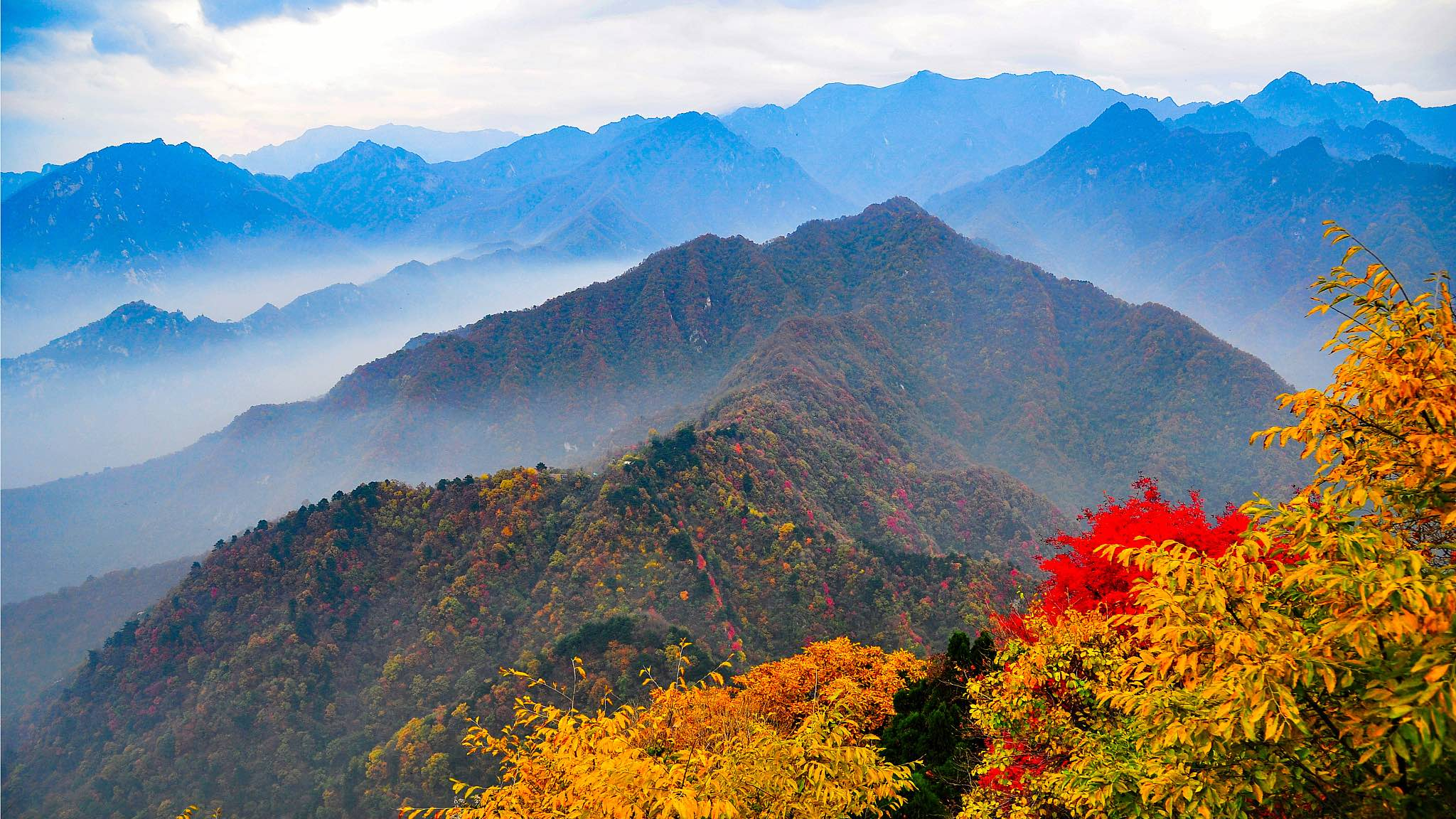
The Qinling Mountains, often referred to as China's "central green lungs," are home to more than 700 vertebrate and thousands of seed plant species.
As laws and legislation have been enacted to develop the country's ecological environment, rare species are better protected to ensure the biodiversity in this region.
The following famous "four precious species in the Qinling Mountains" are all under first-class protection in China.
Crested ibis
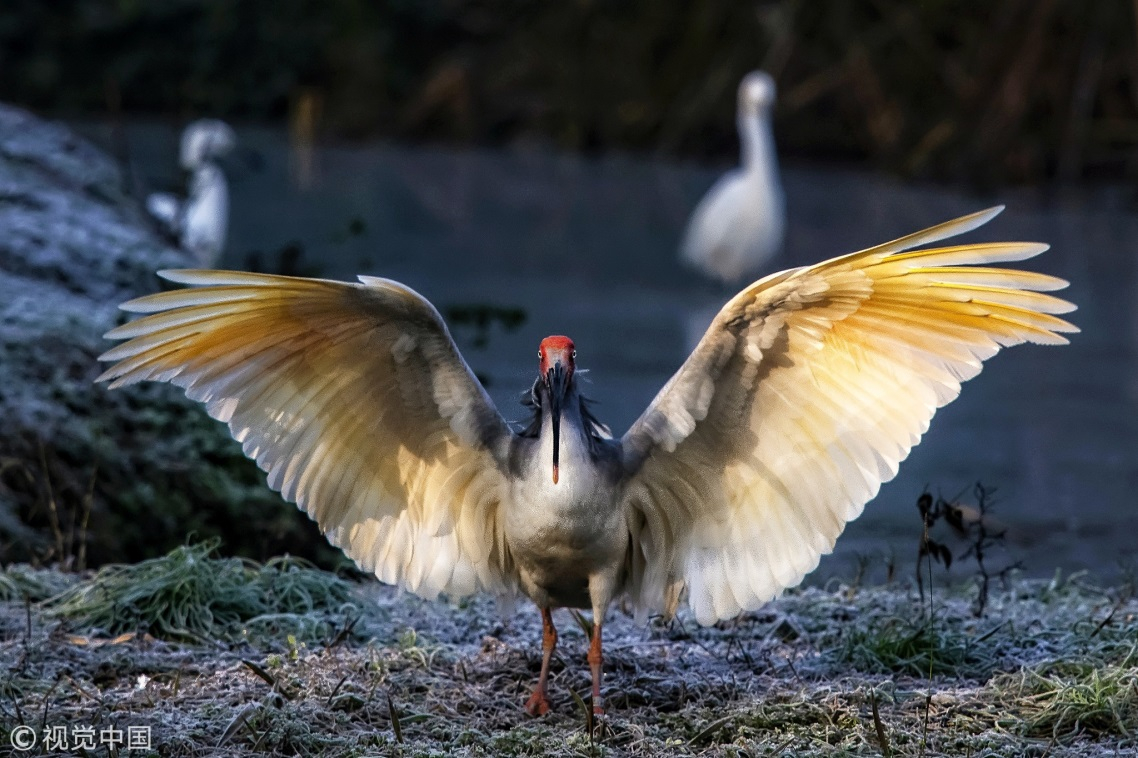
A crested ibis. /VCG Photo
A crested ibis. /VCG Photo
The crested ibis, or Nipponia nippon, is a large white ibis with distinctive red claws. It was widespread in Japan, China, Russia and other countries, but due to illegal hunting, loss of habitat and human activities, the bird was almost extinct.
With years of efforts by scientists and locals, the population of the bird has increased largely. In order to protect them, pesticides and chemical fertilizers are prohibited on local farmland. The government encourages the development of green industry and develops a series of organic food and local products.
Now there are more than 2,500 crested ibis in China, which are found mainly in Shaanxi Province.
Qinling panda
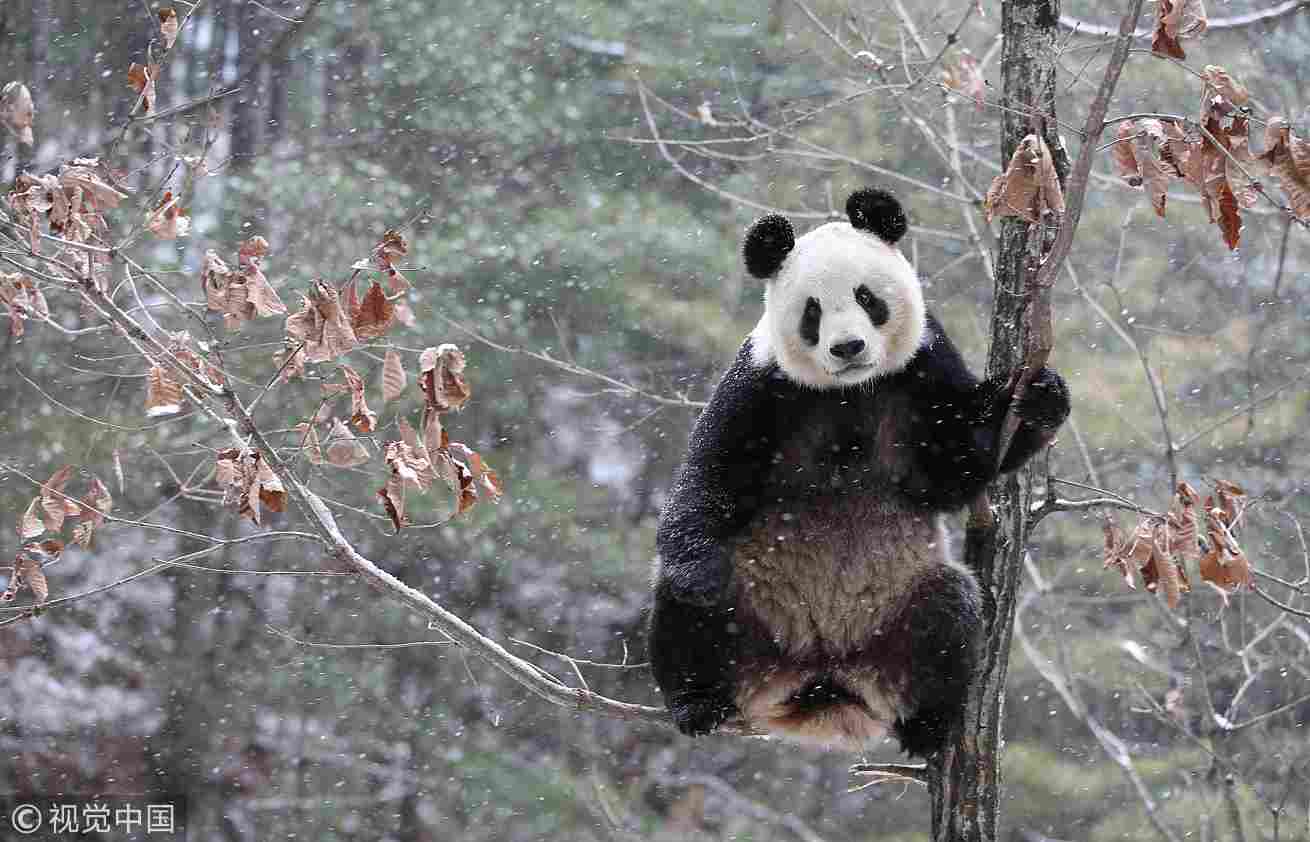
A Qinling panda. /VCG Photo
A Qinling panda. /VCG Photo
Qinling panda, or Ailuropoda melanoleuca qinlingensis, is an important population of giant panda with a unique distribution pattern and population evolution history. In terms of morphological and molecular biological characteristics, there are obvious differences between giant pandas in Qinling and those in Sichuan and Gansu provinces.
There are more than 250 Qinling pandas living in the mountains. Highway construction plans are suspended to protect them. Locals say it used to be unthinkable for people to avoid animals, but now it seems natural that over the years, "animals are becoming more like their families."
Read more: Best panda moments of 2018
Qinling golden snub-nosed monkey
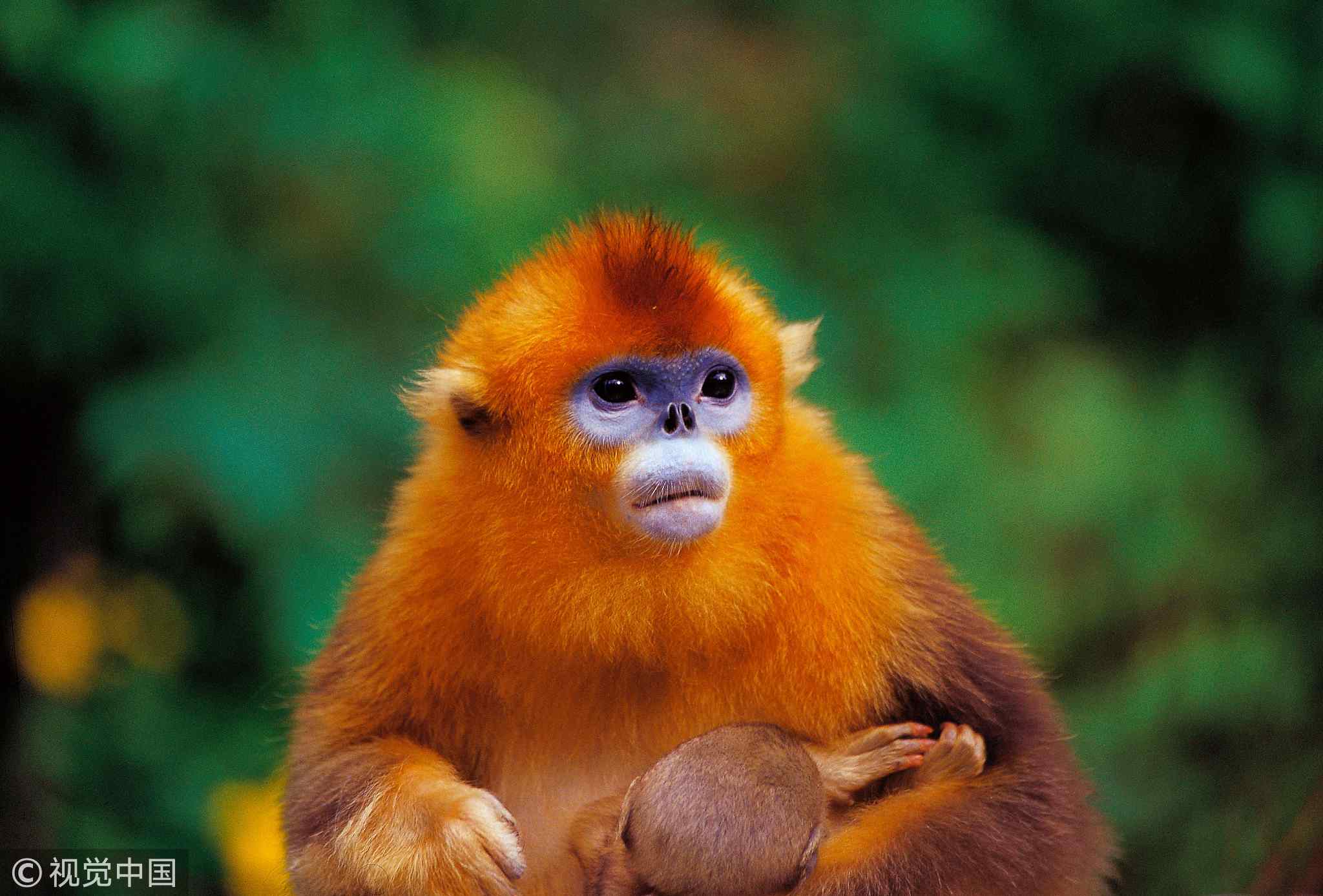
A Qinling golden snub-nosed monkey and her baby. /VCG Photo
A Qinling golden snub-nosed monkey and her baby. /VCG Photo
The Qinling golden snub-nosed monkey, or Rhinopithecus roxellana qinlingensis, is mainly found in the mixed broadleaf-conifer forests in the Qinling Mountains 2,000-3,000 meters above sea level.
They feed mainly on fruits, sprouts and tree leaves. The Qinling golden snub-nosed monkey has the smoothest and shiniest hair among all the golden snub-nosed monkey species. The wild population is about 5,000 in this region.
Shaanxi takin

A Shaanxi takin. /VCG Photo
A Shaanxi takin. /VCG Photo
Although not as famous or "pretty" as its other three fellows, the Shaanxi takin, or Budorcas taxicolor bedfordi, is one of the two takin subspecies unique to China.
It has golden fur and is found from forested valleys to rocky, grass-covered alpine zones, 2,000-4,500 meters above sea level, in northwest China's Gansu and Shaanxi Provinces. The takin population has rebounded gradually in this region, with approximately 4,000 roaming in the wild.
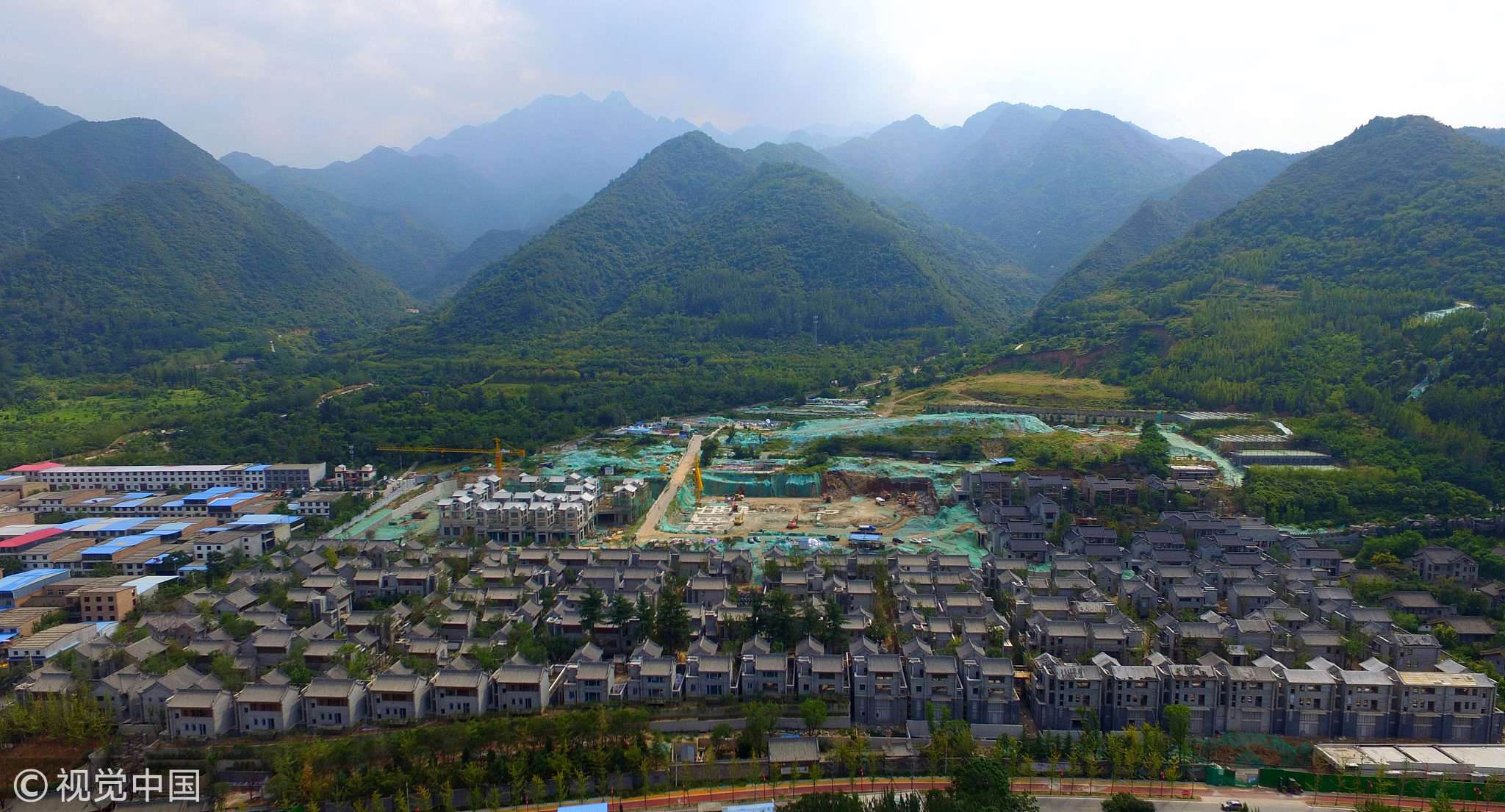
Illegal villas under demolition, Xi'an, NW China's Shaanxi Province, September 11, 2018. /VCG Photo
Illegal villas under demolition, Xi'an, NW China's Shaanxi Province, September 11, 2018. /VCG Photo
There are still issues despite of the achievements made in protecting the region's wildlife.
An efficient and effective system is needed for research and monitoring among the reserves.

Illegal villas have been demolished, October 1, 2018. /VCG Photo
Illegal villas have been demolished, October 1, 2018. /VCG Photo
Human activities like illegal building, over exploitation and urbanization are still devouring the habitat of those sentient beings.
Amid the anti-corruption and environment crusade, nearly 1,200 illegal mountainside villas were demolished to reclaim the area for clear water and green mountains.
Persistent effort is required to preserve this national eco-barrier. The road is long.
Read more about the Qinling Mountains.

SITEMAP
Copyright © 2018 CGTN. Beijing ICP prepared NO.16065310-3
Copyright © 2018 CGTN. Beijing ICP prepared NO.16065310-3